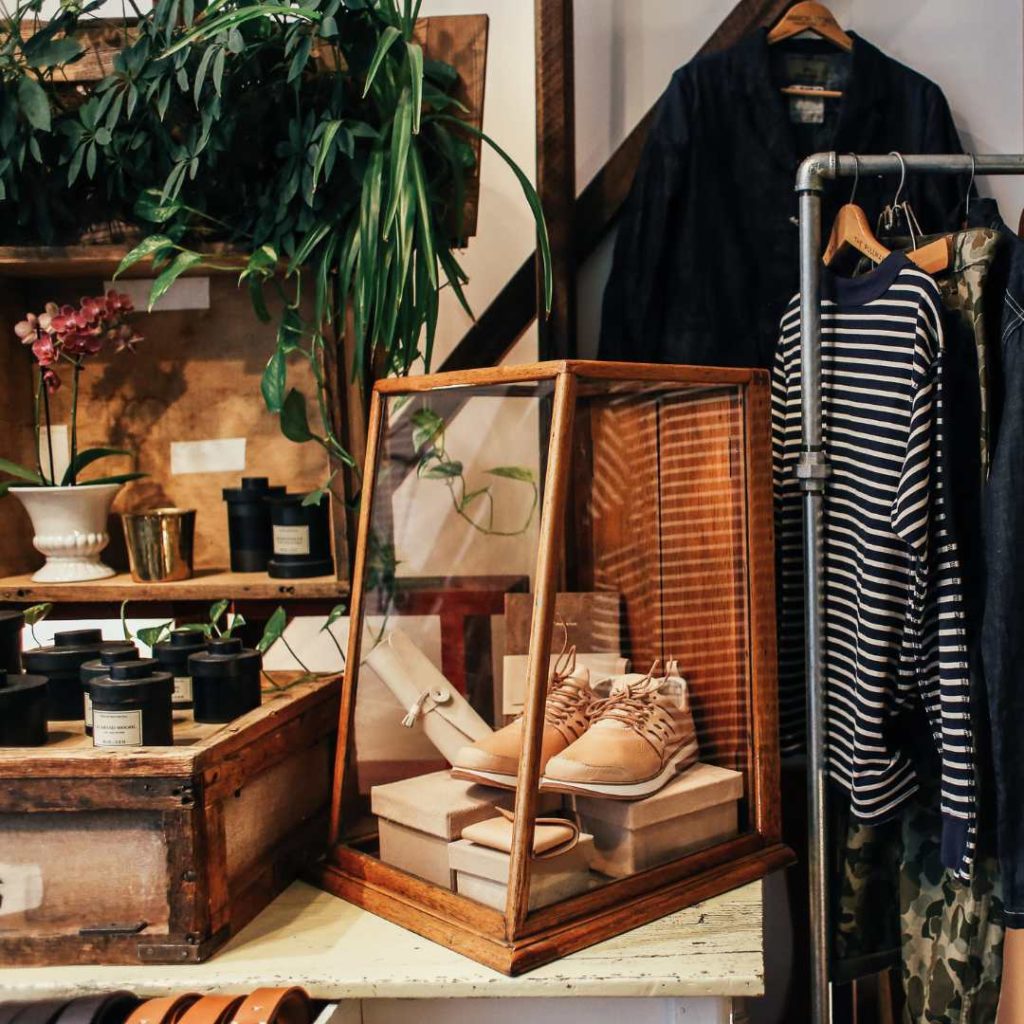When it comes to building a prosperous shopping operation, establishing an attractive and practical environment is essential. Retail interiors involve the layout and construction of a retail space, transforming an vacant structure into a thrilling setting that captures customers and elevates their buying experience. This activity is not just about aesthetics; it plays a crucial role in brand representation, client interaction, and in the end, profitability. As client expectations change, understanding the significance of a well-planned retail design can set your business apart in a fierce market.
Within this ultimate resource to retail fit-out basics, we will discuss all element of the fit-out journey, covering the starting concept to the ultimate details. Whether you’re considering a new initiative or updating an existing space, this guide will provide essential insights into design concepts, budgeting, project management, and the latest trends defining the retail environment. With Retail Fit Out Gloucestershire and tactics, you can develop a retail environment that simultaneously satisfies the current demands but also anticipates the future of shopping.
Comprehending Store Interior Designs
Retail fit-outs refer to the complete process of planning and building the interior space of a retail outlet to meet the brand's unique needs and customer expectations. This involves transforming an empty or existing space into a practical and appealing environment where items can be displayed and sold effectively. The value of a retail fit-out cannot be overstated, as it significantly influences how customers view the brand and their overall shopping experience.
A effective retail fit-out goes further than mere aesthetics; it includes intentional design and planning to enhance customer engagement and drive sales. Elements such as store layout, lighting, and product placement are meticulously taken into account to create an welcoming atmosphere that encourages foot traffic and browsing. By focusing on these elements, retailers can greatly improve customer engagement and satisfaction, eventually leading to increased sales.
In recent years, the environment of retail fit-outs has evolved with emerging trends and technologies. Retailers are now focusing on sustainability and innovation in their designs, demonstrating a rising consumer preference for eco-friendly and technology-driven environments. Understanding the details of retail fit-outs not just equips business owners with the insight to execute effective designs but also equips them to adapt to an constantly evolving retail environment.
Optimizing Your Store Layout
When it comes to optimizing your retail layout, comprehending shopper flow is vital. Analyze how shoppers navigate through your environment, recognizing key areas where they linger or quickly pass through. Use this data to affect your arrangement, positioning high-demand products in conveniently accessible locations to improve visibility. Additionally, take into account the positioning of aisles, checkout counters, and product displays to create an appealing atmosphere that promotes exploration and increases dwell time.
Including effective signage into your design can also greatly enhance client experience. Clear and eye-catching signs help direct shoppers through your shop, emphasizing promotions and guiding them to key product areas. Using digital displays or interactive screens can further engage customers, providing them with further insights and improving their shopping journey. The aim is to ensure that customers feel welcomed and knowledgeable, making it more convenient for them to make purchasing decisions.
Moreover, lighting plays a critical role in your store layout optimization. The right lighting can create mood, showcase products, and even affect customers' emotion. Soft, warm lighting can make a area feel cozy and comfortable, while brighter lights can invigorate a retail space. Consider using accent lighting to illuminate particular products or areas, boosting their appeal. A well-thought-out lighting strategy will not only boost the look of your establishment but also enhance overall customer satisfaction and sales.
Managing Expenses and Sustainability
In the current retail sector, managing costs while incorporating eco-friendliness has become crucial for business success. One successful approach is to prioritize energy-saving solutions during the design stage of your retail setup. Implementing LED lighting and eco-friendly HVAC systems can considerably reduce overall operational expenses. Additionally, choosing materials that have a lower environmental footprint can contribute to savings and appeal to the growing number of consumers who prioritize sustainable practices.
Another point to keep in mind is the opportunity for government incentives for businesses that implement sustainable practices. Several regions offer tax breaks, grants, or rebates for enhancing energy effectiveness or using sustainable materials. Researching national and state programs can provide monetary support while reinforcing your devotion to eco-friendliness. This forward-thinking approach not only reduces some of the early expenses associated with a retail setup but also situates your brand favorably in a market that increasingly appreciates ethical practices.
Partnership with suppliers and contractors who share a focus to eco-friendliness can streamline your fit-out procedure while maintaining financial constraints. By selecting partners who are experts in eco-friendly designs and materials, you can capitalize on their skills to increase both cost efficiency and sustainable practices. This collaboration can lead to creative approaches that elevate the overall customer experience while maintaining the project affordable, ensuring your retail space is both appealing and responsible.

